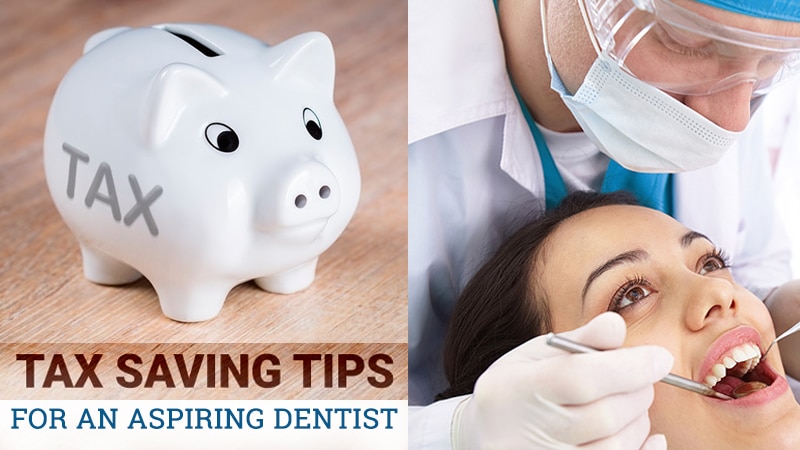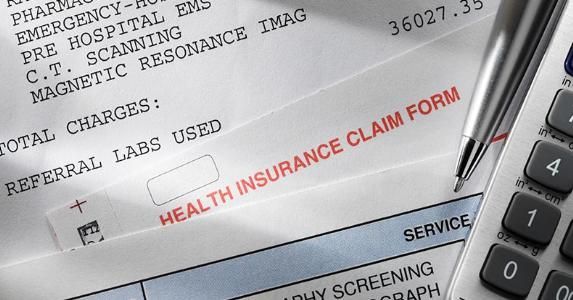How to Successfully Benchmark Your Dental Practice

How to Successfully Benchmark Your Dental Practice
Running a successful business has its fair share of crunching numbers. These numbers tell you what you need to know regarding your earnings, losses and budget.

Source: christie.com
However, there are certain aspects of a business that require more than just numbers. When it comes to your dental practice, you may need a tool to measure the strengths and weaknesses of your business and set future goals to help you become the cream of the crop in terms of patient care and making profit.
Why Benchmarking?
Benchmarking is a tool used to compare your practice with other similar practices in the industry. A benchmarking report will help shed the light on your different expenses such as salaries and overhead costs.
This wealth of information will help you decide if you need to hire more staff or make other necessary changes at your practice. In order to compare these expenses to that of other practices, you first need to separate them into different categories.
Write down the total amount in dollars for each category listed below then divide that number by your total net collections for that period. This will give you the percentages you need to compare with industry average percentages.
Personnel Costs
Employee costs take up 24 to 28% of total income. These include salaries separated according to each department, payroll taxes, health insurance as well as fringe benefits.
Make sure to exclude the salaries of the practice owners, associates and independent doctors from this list.
Variable Costs
These include lab and dental supplies fees. These may vary according to the specialties at your practice. Dental supplies may take up 6% just like lab fees or score a higher percentage such as 8% in comparison to 4% lab fees. Together, they should make a total of around 12%.
Some people make the mistake of grouping equipment purchases and repairs under the umbrella of dental supplies. This will definitely mess up your calculations.
Equipment and Facility Costs
These take up around 10% of total income and include real estate taxes, facility rent, equipment and practice loans among other things.
Owner’s Compensation
This category is reserved for the family’s salary and the owner as well. Independent doctors or associates also go under this category. Health insurance and payroll taxes go hand in hand with this section as well. It takes up a large chunk out of total income, around 35-40%.
Other Business Expenses
Items such as office supplies, uniforms, advertising and software subscriptions go under this umbrella. Placing office equipment or the wrong type of insurance in this category is a common mistake that often happens when making this list.
Discretionary Costs
This includes your transportation costs, travel and entertainment, gifts, charitable contributions as well as life and disability insurance for your dental officer.
Overhead Expenses
Controlling overhead expenses in order to increase your bottom line is one of the main goals here. These take up around 60-65% of total income, hence the need to consult your accountant regarding ways to reduce this number.




